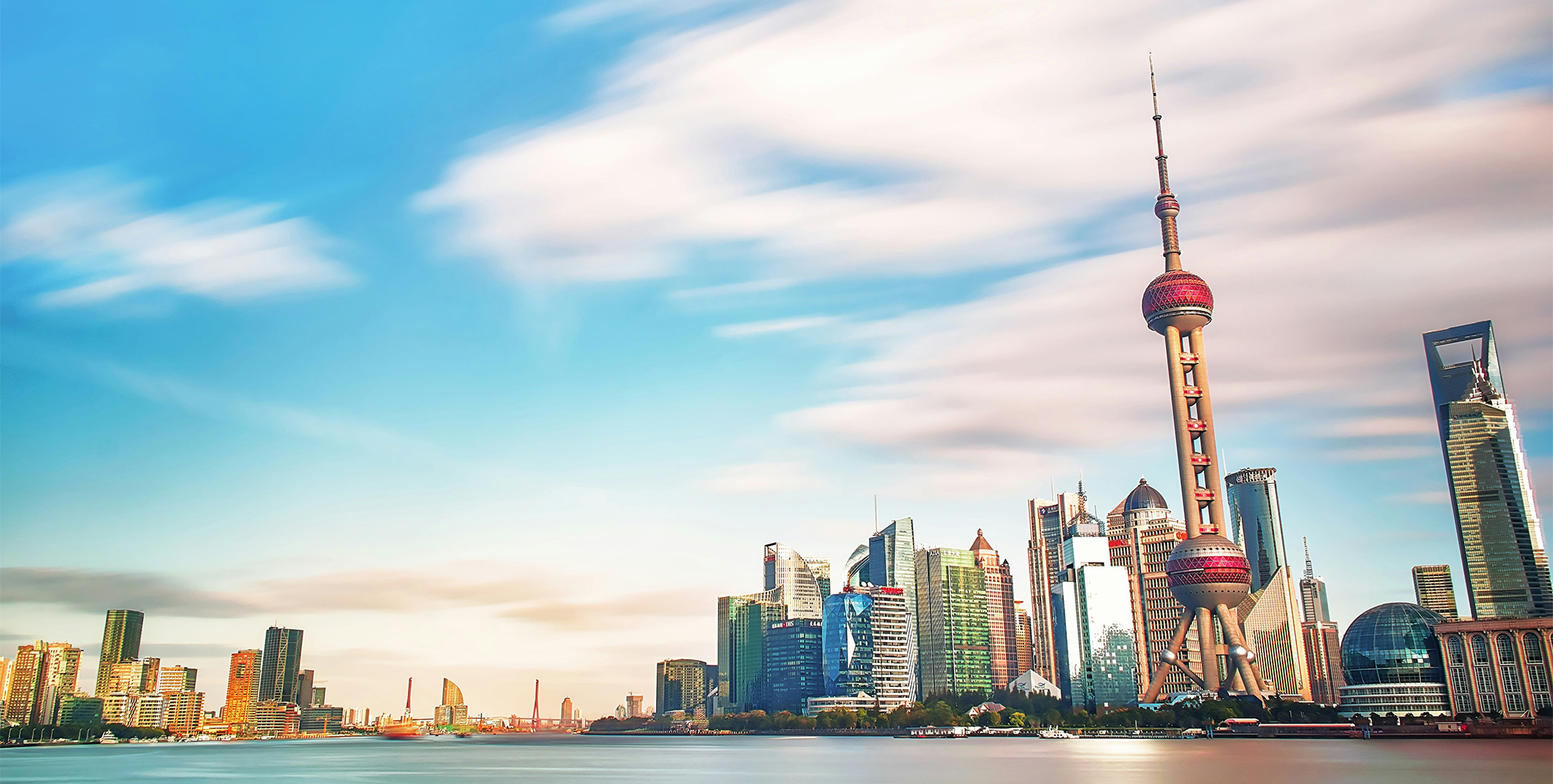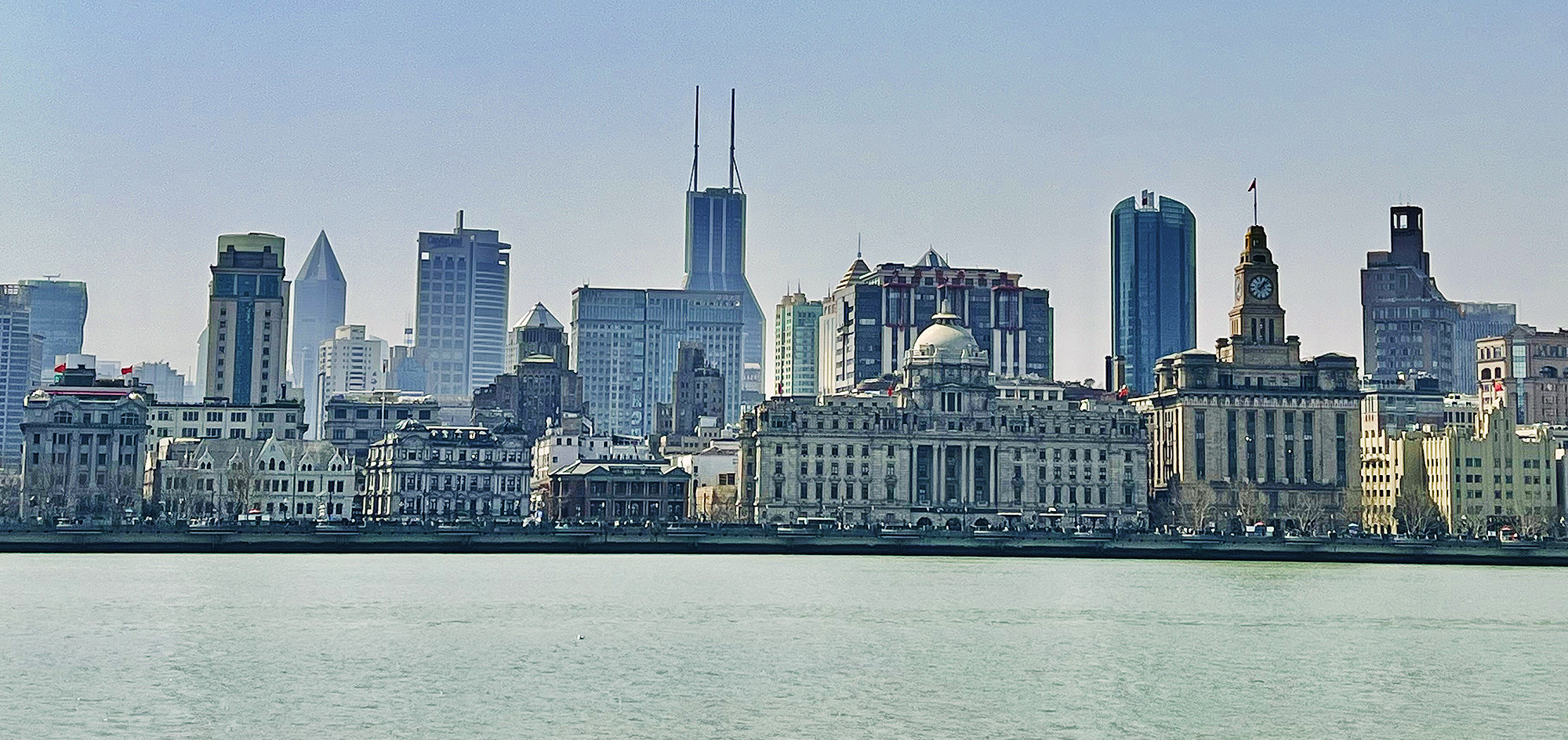About Shanghai

Modern Shanghai, with the skyscrapers of the city’s Pudong District the most visible symbol of the city’s status as China’s business capital. (Photo credit: Zhang Kaiyv on Unsplash.com)
Located at the estuary of the Yangtze River in eastern China, facing the East China Sea, Shanghai is widely considered to be the country’s industrial, commercial and financial centre. It also is China’s most populous city, with the number of residents this year expected to pass the 25 million mark.
From its humble beginnings as a small fishing village, by the mid-16th Century Shanghai was the centre of China’s textile and handicraft industry. In 1685, the central government of the Qing Dynasty set up its customs office in the city, credit to its seaport, which today is one of the world’s largest.
Shanghai became globally prominent in 1842, when following the first Opium War between China and Britain it was named an international treaty port, with autonomous concessions built alongside a walled Chinese district by the British, the French and the Americans. Thus began a process that provided Shanghai with its uniquely worldly character. This is is still visibly present, most noticeably at the Bund, a protected historical area that runs along the western bank of the Huangpu River, and features buildings typical of 19th Century and early 20th Century European architecture.
Shanghai’s 101-year status as a treaty port ended in 1943, at the height of World War II, when it was under Japanese occupation, which would continue for another two years. Civil war followed, with the victorious Communist Party establishing the People’s Republic of China in 1949. The city remained a major industrial and commercial centre, contributing more tax revenue to the central government than any other urban area in the country.
In 1990 Chinese leader Deng Xiaoping selected Shanghai to serve as the engine of the country’s commercial renaissance. If China is a dragon, he famously said, the city will be its head.

Within just several years following the Chinese Communist Party’s embrace of a market-driven economy, Shanghai had become home to the nation’s primary stock market, and it now accounted for approximately one-fifth of mainland China’s gross national product.
Symbolic of what Shanghai has become is the gleaming Pudong District, which stands opposite the historic Bund, on the eastern bank of the Huangpu River. Home to a massive land development that began in the 1990s, it is today the the beating heart of the city’s business community, featuring skyscrapers and luxury hotels, banks, a super-modern public transport infrastructure and exclusive shopping malls.
Among Pudong’s most iconic buildings are the 468-metre high Pearl Tower, which was inaugurated in 1995 and features three red spheres of different sizes; the 421-metre high Jinmao Tower, which has an observatory on its 88th floor; and the 101-storey Shanghai World Financial Centre, which topped out at 492 metres in 2008, and today is the tallest building in China and the third tallest skyscraper in the world.
Importantly, Shanghai had returned to its earlier status of China’s most international hub. By 2020 it was home to a total of 771 regional headquarters of multinational enterprises, 481 foreign-invested R&D centers and 65 overseas news agencies. It not only attracted the highest number of overseas professionals, issuing some 260,000 work permits to expatriates, but it was perenially credited as being the most attractive Chinese city for foreign professionals.

Shanghai’s historic Bund district, large built during the late 19th Century and early 20th Century, during the period when the city was an international zone, with British, French and American concessions.
With the adoption of a free-market economy, China grew over the course of fewer than three decades from being a minor jewellery market into the world’s largest. It is Shanghai that serves as its official gateway.
The Diamond Administration Centre of China (DAC) was established in April 2000, and authorized by the Ministry of Commerce to supervise the Shanghai Diamond Exchange, which was established October of that year to handle all imports and exports of loose diamonds to and from the country.
The Shanghai Gold Exchange (SGE) was established by the People’s Bank of China in October 2002 as a nonprofit organisation regulating gold transactions domestically. It was set up to provide facilities and supervision for gold transactions, set precious metal prices domestically, and connect the Chinese and international markets. The SGE also works with testing institutions to conduct qualification examinations for gold quality standards.
The Shanghai Gems & Jade Exchange, co-host of the 2024 CIBJO Congress, which was created in 2014 with the approval of Shanghai Municipal Government, provides a professional trading platform for jewellery products and materials other than diamonds and gold. Its services include bonded warehousing, trade logistics, exhibition and sales, and other support facilities to jewellery enterprises and businesses both locally and globally.

